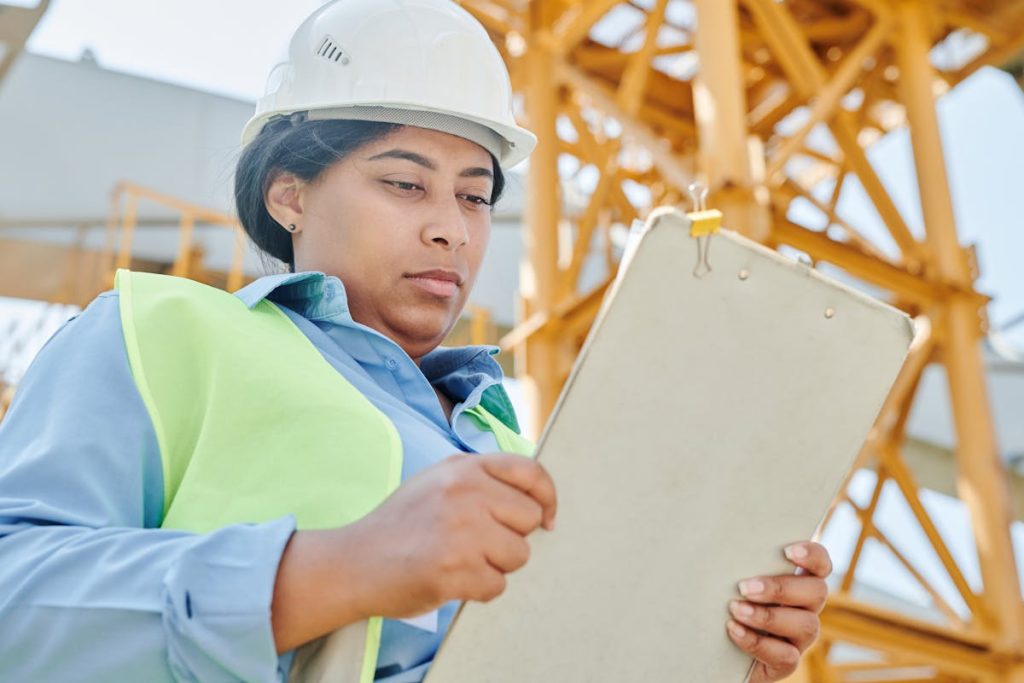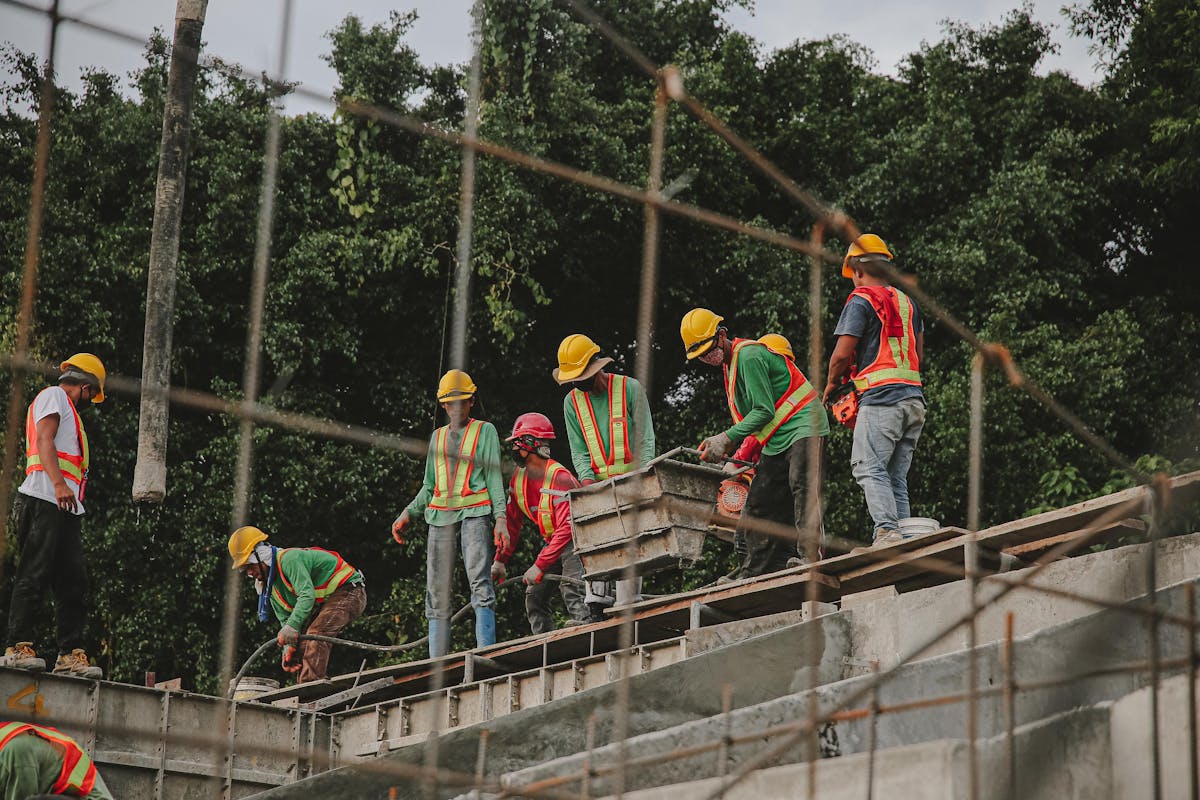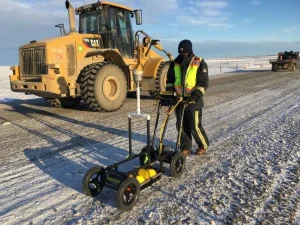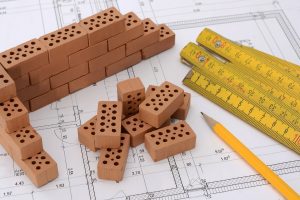When there’s a small oversight during construction, it could lead to costly delays or even safety hazards. Construction observation & testing is a meticulous process designed to ensure every aspect of a project aligns with quality, safety, and regulatory standards. In this article, we will explore what you can expect during Construction Observation & Testing, its importance, and the role it plays in project delivery.
The Role of Construction Observation & Testing
Construction Observation & Testing is a critical quality assurance measure. It ensures that:
- Project Specifications Are Met: Observation helps confirm that the construction work aligns with the approved plans and specifications.
- Safety Standards Are Upheld: Testing ensures materials and construction practices adhere to safety standards, minimizing risks.
- Compliance with Codes and Regulations: Observation and testing validate that the project complies with local building codes and industry regulations.
- Problems Are Identified Early: Early detection of issues helps reduce costly delays and rework.
By addressing these elements, Construction Observation & Testing lays the groundwork for a successful and dependable project outcome.
The Key Components of Construction Observation & Testing
- Pre-Construction Phase:
- Review of Plans and Specifications: Before construction begins, the observer reviews project plans and technical specifications to understand the project’s scope and requirements.
- Coordination with Stakeholders: Clear communication with contractors, engineers, and project managers is established to outline expectations and protocols.
- Review of Plans and Specifications: Before construction begins, the observer reviews project plans and technical specifications to understand the project’s scope and requirements.
- On-Site Observation:
- Daily Site Inspections: Observers frequently visit the site to monitor ongoing work and ensure adherence to plans and standards.
- Documentation of Progress: Detailed records of work performed, materials used, and any deviations from the plans are maintained.
- Problem Identification and Resolution: If discrepancies or issues are found, they are documented and communicated to the project team for resolution.
- Daily Site Inspections: Observers frequently visit the site to monitor ongoing work and ensure adherence to plans and standards.
- Material Testing:
- Sampling and Analysis: Construction materials such as soil, concrete, asphalt, and steel are tested to confirm they meet specified standards.
- Field and Laboratory Testing: Some tests are performed on-site, such as compaction testing, while others require laboratory analysis, like compressive strength tests for concrete.
- Sampling and Analysis: Construction materials such as soil, concrete, asphalt, and steel are tested to confirm they meet specified standards.
- Reporting and Recommendations:
- Comprehensive Reporting: Detailed reports are provided, documenting findings, test results, and any recommendations for corrective actions.
- Follow-Up Inspections: Observers may conduct follow-up inspections to verify that any necessary corrective measures have been implemented.
- Comprehensive Reporting: Detailed reports are provided, documenting findings, test results, and any recommendations for corrective actions.
The thorough documentation and communication during this phase not only keep stakeholders informed but also create a clear path for continuous improvement and adherence to standards.
What to Expect During Construction Observation

If you’re involved in a construction project, here’s what you can anticipate during the observation process:
- Frequent Site Visits: Expect regular visits from the observer or inspector to monitor the progress of construction and adherence to standards.
- Open Communication: The observer will maintain clear communication with the construction team, addressing any concerns or clarifying requirements.
- Detailed Reports: Observation generates detailed reports that include photographic evidence, descriptions of activities, and identified issues or deviations.
- Problem-Solving: When issues arise, the observer collaborates with the project team to determine and implement solutions quickly.
Regular and thorough observation ensures the project remains on track, fostering a proactive approach to quality and compliance.
What to Expect During Testing
Testing is an integral part of the construction process, ensuring that materials and workmanship meet quality standards. Here are some key aspects to expect:
- On-Site Testing: This includes testing soil for compaction, measuring concrete slump, or checking asphalt temperature during placement.
- Laboratory Testing: Samples are often sent to specialized labs for detailed analysis, such as tensile strength testing for steel or grain size analysis for soil.
- Timely Results: Testing schedules are usually synchronized with construction activities to minimize delays while ensuring quality.
Each step in the testing process is a critical assurance that the project materials and methods align with the highest standards, giving all stakeholders confidence in the final outcome.
Benefits of Construction Observation & Testing
Engaging in robust Construction Observation & Testing offers numerous advantages:
- Quality Assurance: Ensures that construction meets the desired quality and performance standards.
- Cost Savings: Detecting and addressing issues early reduces the need for expensive repairs or rework.
- Enhanced Safety: Verifying material and structural integrity minimizes risks and enhances worker and occupant safety.
- Regulatory Compliance: Satisfying all applicable codes and regulations helps avoid legal complications and fines.
These benefits combine to provide a foundation for project success, ensuring a smooth transition from construction to operation.
Choosing the Right Partner for Construction Observation & Testing
Selecting a reliable and experienced partner is crucial for the success of your project. Look for a firm with:
- Extensive Expertise: A proven track record in geotechnical engineering and construction observation.
- Qualified Personnel: Certified inspectors, engineers, and technicians who are well-versed in testing methods and industry standards.
- Advanced Tools and Techniques: Access to state-of-the-art testing equipment and methodologies ensures accurate and reliable results.
- Commitment to Communication: A collaborative approach ensures smooth coordination with your project team.
By choosing the right partner, you set the stage for a seamless and well-executed construction process that meets all your objectives.
When it comes to ensuring the success of your construction project, AOA Geo-Net stands out as a trusted partner. With years of expertise in geotechnical engineering and a commitment to excellence, AOA Geo-Net provides reliable Construction Observation & Testing services tailored to your project’s unique needs. Our dedicated team of experts and advanced testing methodologies will give you peace of mind, knowing your project is in capable hands. Contact us today to learn how we can support your next construction endeavor.




